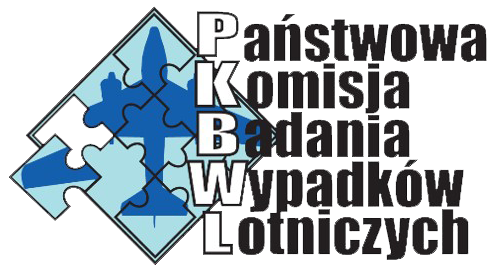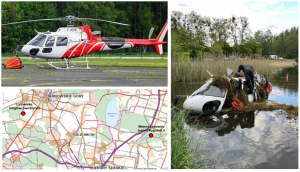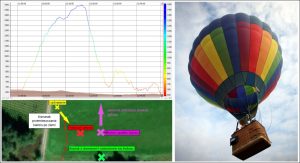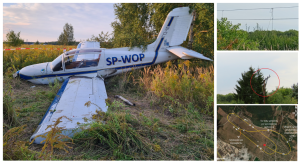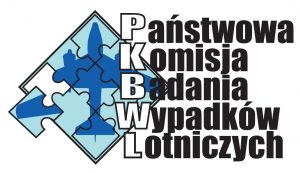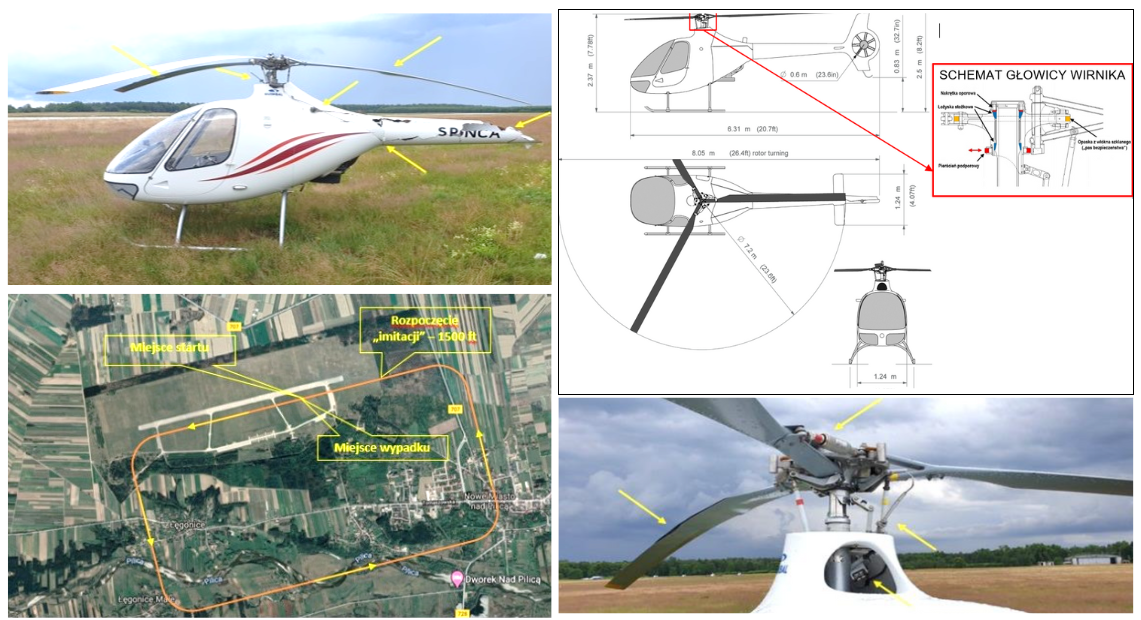
On the day of the accident, at the EPNM aerodrome, the crew was performing the exercise no. IV/17, acc. to the PPL (H) Training Program, ed. 2 of the ACSL LAW. The planned flights were intended to check the student pilot ability to perform exercise EX-1 “Pre-solo flight exam”. It was planned to perform 10 aerodrome traffic circuits. The take-off took place at 13:35 hrs. The student pilot gradually corrected his errors and correctly responded to the instructor’s commands. Light rainfall started on the aerodrome area during the ninth flight and its intensity outside of that area was substantially higher. Due to deteriorating weather conditions, the instructor decided to perform the last circuit with auto-rotation simulation to be terminated with a hover and air-taxiing to the helicopter stand.
Until the third turn of RWY26, the student pilot maintained constant flight parameters, i.e. 65 kt speed and 1,200 ft QNH altitude. After clearance for auto-rotation simulation, the student pilot achieved 1,500 ft QNH altitude in the third turn. Prior to the fourth turn, the instructor visually inspected the parameters and warnings displayed on the instrument panel and said, “parameters normal, no warnings”. After the fourth turn, the student pilot shifted to level flight.
The student pilot completely lowered collective, the instructor decreased engine RPM to idle and the auto-rotation simulation was started. The student pilot stabilised the flight parameters, maintained the speed at 50 kt, main rotor speed within the range of 515-540 RPM, “ball” centred and descent at approx. 2,000 ft/.
At the 850 ft QNH altitude, following information to the student pilot, the instructor increased the engine speed above 2,000 RPM. The governor took control over the engine speed (the signalling lamp flashed) without noticeable helicopter yaw. Due to deteriorating weather conditions, the instructor decided to start the “flare” at an altitude higher than usual as he intended to smoothly shift to a hover and air taxiing to the helicopter stand.
At an altitude of about 60-80 ft AGL, following the instructor’s command, the student pilot commenced the “flare” by pulling the cyclic to decrease the forward and descent speed. At that time, the main rotor speed suddenly increased to approx. 560 RPM, which is a normal phenomenon. After receiving a signal of higher RPM of the rotor, the governor reduced the engine speed to maintain the main rotor RPM within the operating range. Following descent and forward speed reduction, at an altitude of approx. 15 ft, when ordered, the student pilot pushed the cyclic forward to position the helicopter horizontally for landing.
After yawing by approx. 15o, the instructor stopped the yaw by pressing the left pedal. Due to the helicopter continuous descent, the instructor moved the collective dynamically completely upwards to halt the descent.Instruktor zameldował przez radio uszkodzenie śmigłowca i brak obrażeń załogi. Nikt nie usłyszał nadanej korespondencji, ponieważ w czasie zdarzenia uszkodzeniu uległa antena radia. Po około minucie załoga opuściła śmigłowiec o własnych siłach.
Touchdown in airplane mode was made with a landing roll of approx. 3 metres. The crew heard and felt the impact in the rear part of the helicopter. The helicopter simultaneously yawed to the right and the crew saw the fenestron passing over the rotating main rotor. The fenestron, together with the tail gearbox and the rear part of the tail boom, fell several meters in front of the helicopter.
The rightward yaw occurred due to the dynamic movement of the collective and fenestron loss, preventing the proper control of the helicopter.
Cause of the accident: Error in the aircraft control consisting in a dynamic movement of the collective to its maximum upward position combined with high angle of the main rotor disc inclination, which resulted from pulling the cyclic to its extreme rear position.
Factors contributing to the occurrence
1. Commencing the “flare” manoeuvre at an altitude higher than usual.
2. Intention to terminate the exercise with a hover and air taxiing to the helicopter stand.
3. Time deficit due to the deteriorating weather conditions.
4. The crew’s concern about unintentional landing outside the flight area.
